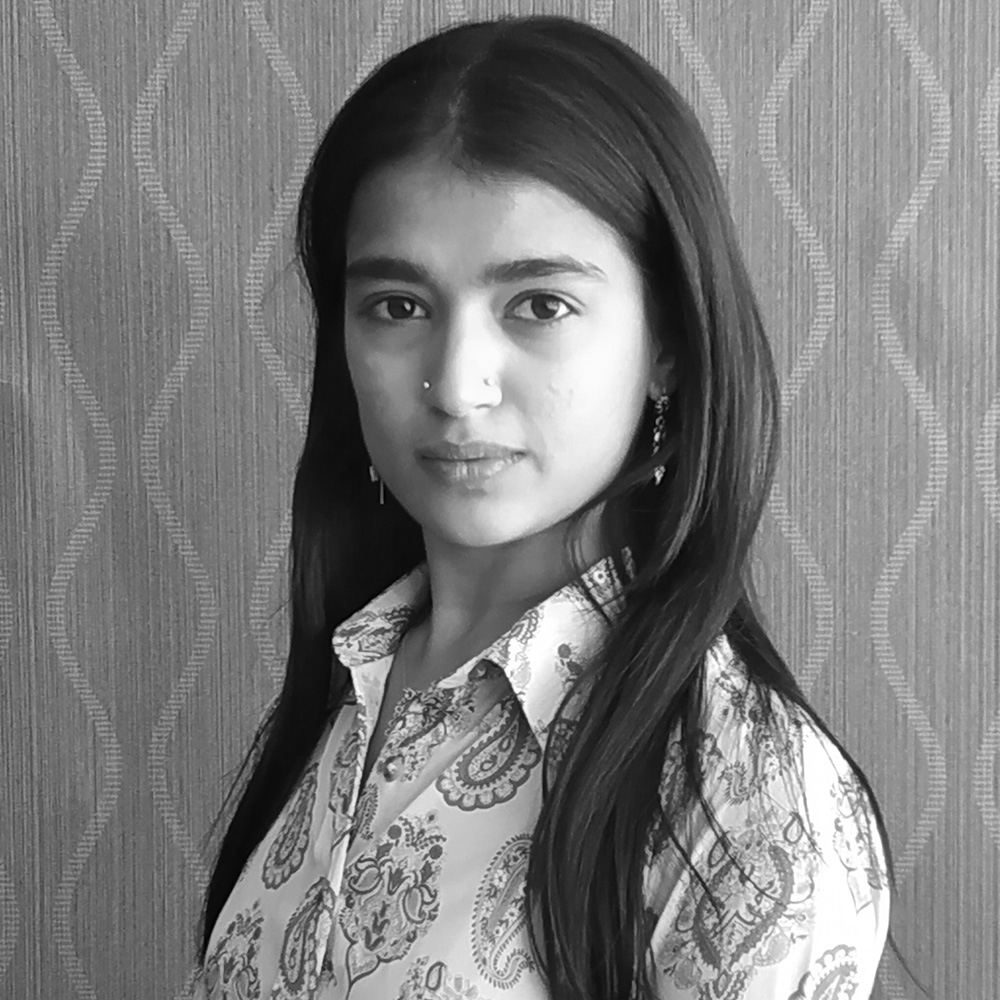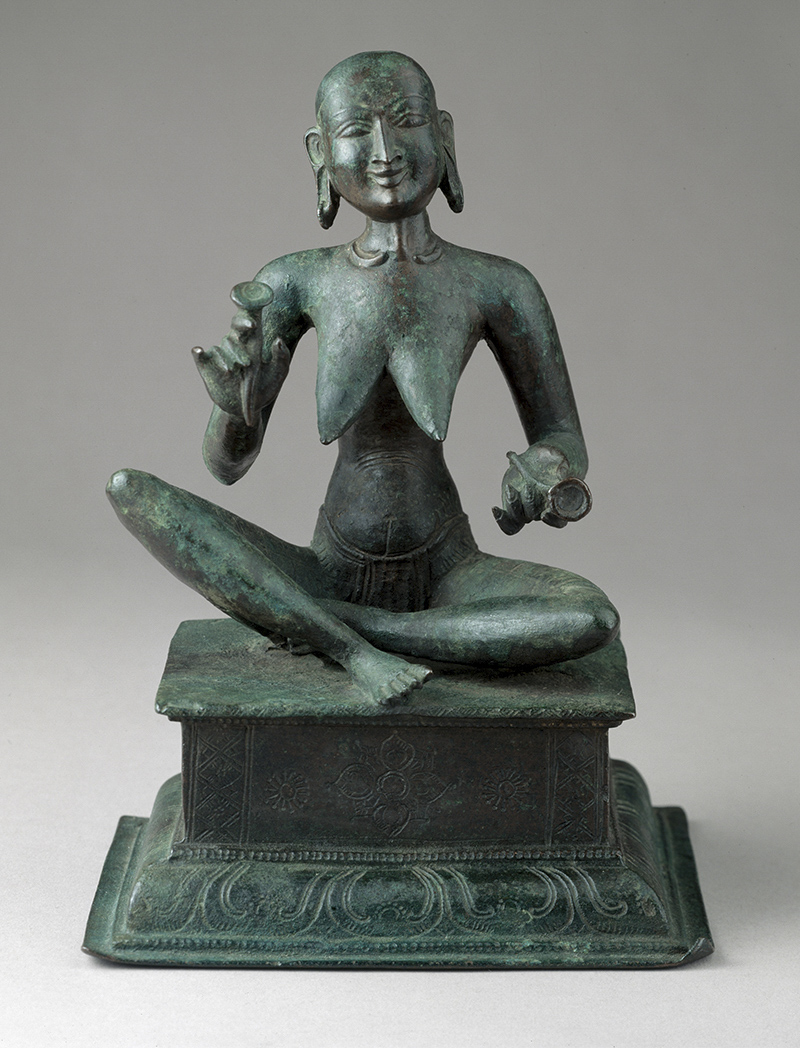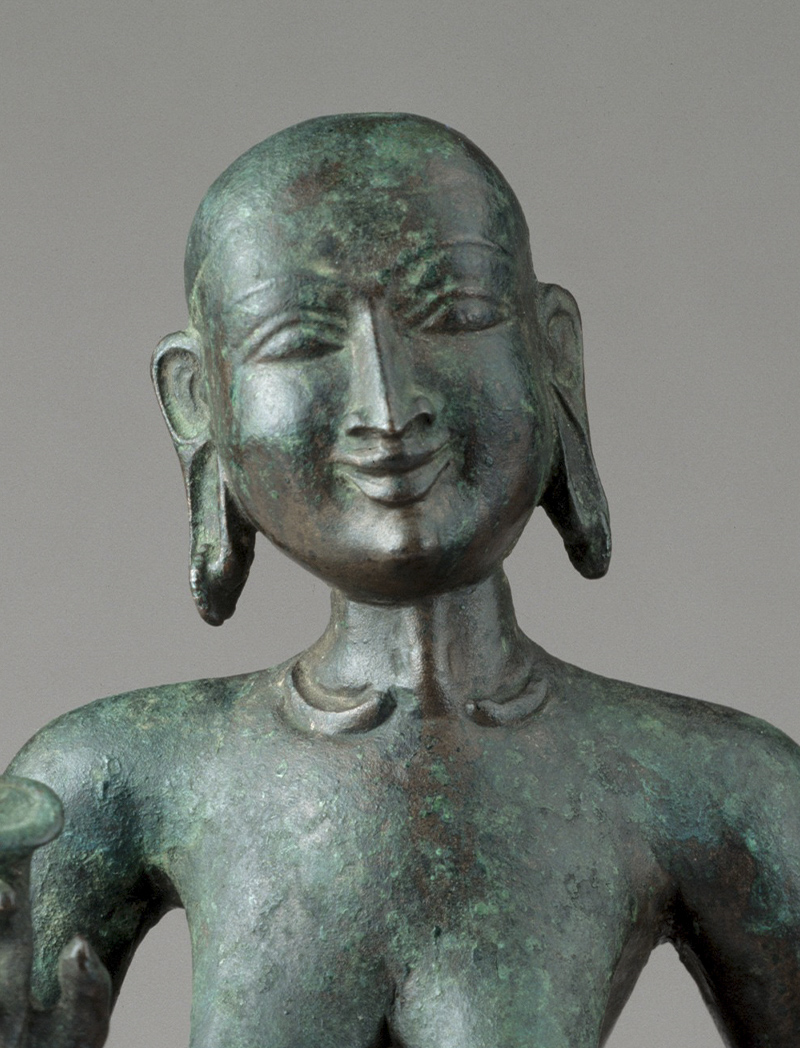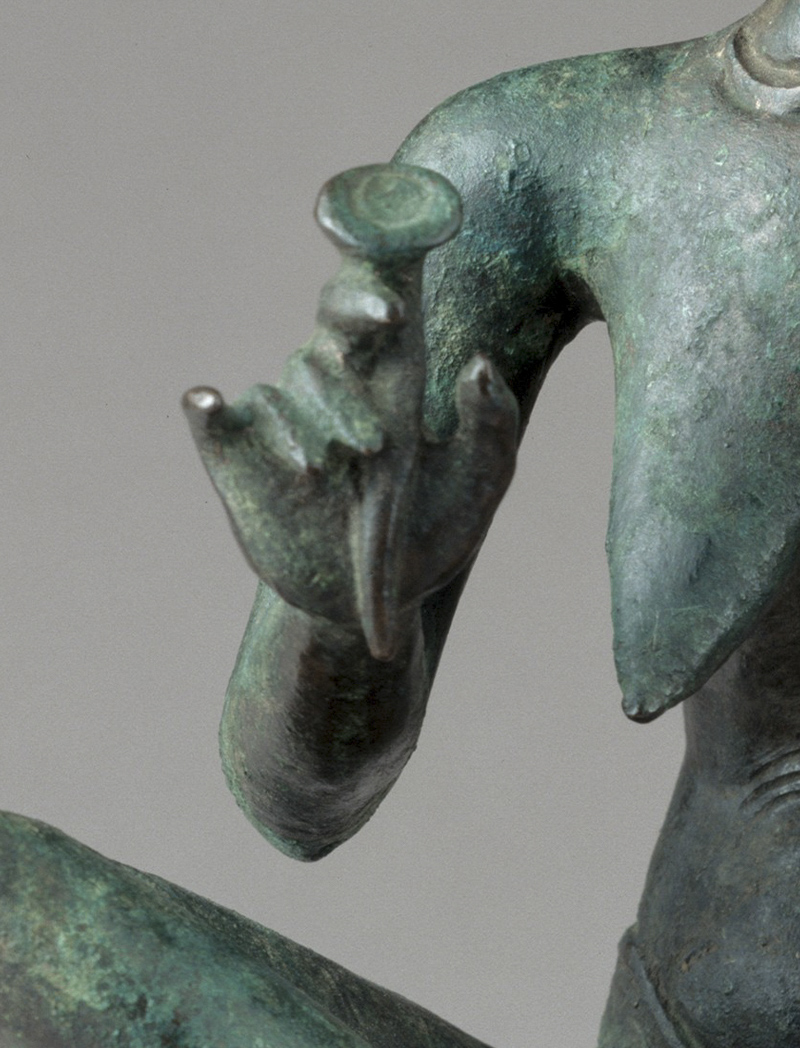PERSPECTIVES
Karaikkal Ammaiyar: The Shaiva Poet-Saint
A thirteenth-century Chola copper-alloy statue representing Karaikkal Ammaiyar, a sixth-century Tamil Shaiva poet-saint worshipped to this day, is fondly known as Ammaiyar. Seated on a pedestal, she is depicted mid-song, with a pair of cymbals in her hands, singing devotional hymns to the deity Shiva.
Most of what is known about Ammaiyar doesn’t come from her own poetry but rather from the Periya Puranam, which details the lives of the sixty-three Nayanar Shaiva saints who lived between the third and eighth centuries. It was written in the thirteenth century, nearly 500 years after Ammaiyar lived, by Sekkizhar (or Chekkilar), a male minister in the Chola court. The Nayanars began to be worshipped only from the tenth–eleventh centuries onwards, when they were mentioned in standardised lists and biographies, and depicted in stone and bronze.
Nayanars were portrayed as coming from an array of social backgrounds. This may have contributed to the widespread popularity of saint worship by the thirteenth century, which continues to this day. Bronzes such as these visually expressed and popularised accounts written in elite courtly contexts.
The Periya Puranam details that Ammaiyar was born as Punitavati to a wealthy merchant family in Karaikal, a minor port and centre for trade. The account describes her as a beautiful young woman, who was released from her marriage after her husband recognised that she was favoured by Shiva. This is used to explain her independence from a male Nayanar — she is the only one of the three female Nayanars who is. Ammaiyar is also the only female Nayanar whose poems survive. These are not autobiographical and instead dwell on the beauty and prowess of Shiva, whom she describes dancing in cemeteries and forests on the outskirts of Alankatu, where she later lived.
What’s intriguing is whether the hagiography preserves any traces of who Ammaiyar was before she began to compose poems to the deity, or whether it should be seen as an attempt by the courtly writers to “fit” an unorthodox author from centuries ago into the social context of their own time.







